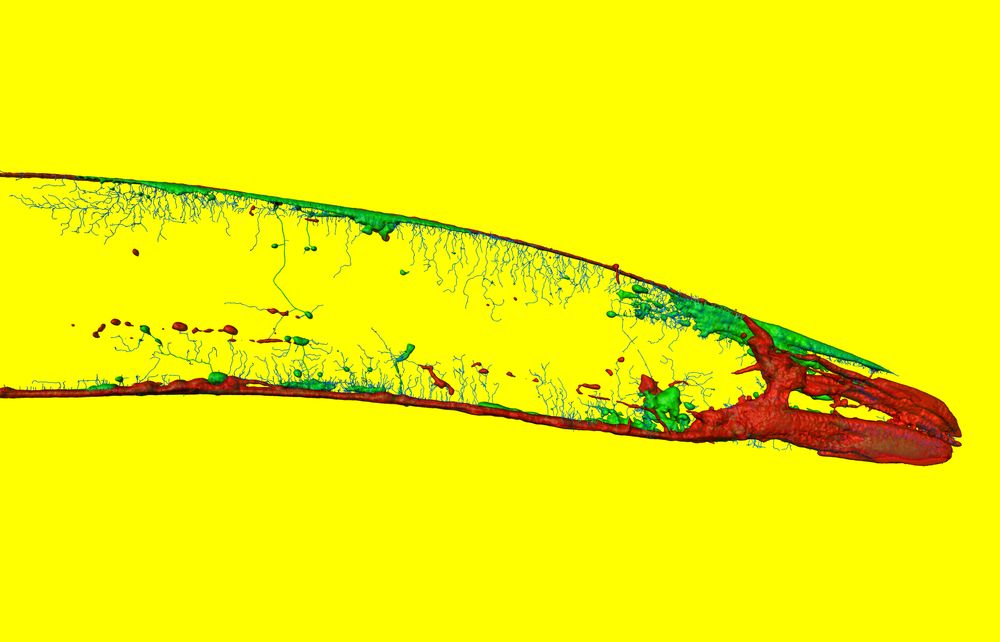
we found small RNAs act across tissues to regulate fertlity in C. elegans 🪱. Surprisingly, we also found that O2-sensing neurons inhibit germline maintenance. Follow along our journey👇https://www.biorxiv.org/content/10.1101/2025.08.07.669182v1

For more trending articles, visit https://ow.ly/q6Cl50XxHGN.

For more trending articles, visit https://ow.ly/q6Cl50XxHGN.

www.pnas.org/doi/10.1073/...
www.pnas.org/doi/10.1073/...
www.nature.com/articles/s41...


Eliminate your opponents of course.
Recently, my friend @fernpizza.bsky.social showed how plasmids compete intracellularly (check out his paper published in Science today!). With @baym.lol, we now know they can fight.
www.biorxiv.org/content/10.1...

🔗 doi.org/10.1093/gbe/evaf208
#genome #evolution

🔗 doi.org/10.1093/gbe/evaf208
#genome #evolution
👉 Targeting fat metabolism could help to combat Parkinson’s! shorturl.at/2mVG6

👉 Targeting fat metabolism could help to combat Parkinson’s! shorturl.at/2mVG6
www.science.org/doi/10.1126/...

www.science.org/doi/10.1126/...

@jogender-singh.bsky.social & coworkers show that in C. elegans, lifespan extension arises from microbial perturbation of iron homeostasis and oxidative stress response activation
#RefereedPreprint c/o @reviewcommons.org
www.embopress.org/doi/full/10....

@jogender-singh.bsky.social & coworkers show that in C. elegans, lifespan extension arises from microbial perturbation of iron homeostasis and oxidative stress response activation
#RefereedPreprint c/o @reviewcommons.org
www.embopress.org/doi/full/10....
Our latest work from @immler.bsky.social lab 🐟🧬
Sex-specific responses of small RNAs and transposable elements to thermal stress in zebrafish germ cells
#TESky #TE #piRNA #miRNA #zebrafish #DanioDigest
🔗 Read here www.biorxiv.org/content/10.1...
A thread 🧵...

Our latest work from @immler.bsky.social lab 🐟🧬
Sex-specific responses of small RNAs and transposable elements to thermal stress in zebrafish germ cells
#TESky #TE #piRNA #miRNA #zebrafish #DanioDigest
🔗 Read here www.biorxiv.org/content/10.1...
A thread 🧵...

It turns out you can integrate arrays with super high efficiency using PhiC31.
www.biorxiv.org/content/10.1...

It turns out you can integrate arrays with super high efficiency using PhiC31.
www.biorxiv.org/content/10.1...
Abstract submission will open around January, with many opportunities for oral presentations.
Check out our website for more details: ceneuroeuro2026.sciencesconf.org.
Abstract submission will open around January, with many opportunities for oral presentations.
Check out our website for more details: ceneuroeuro2026.sciencesconf.org.

www.nature.com/articles/s41...

www.nature.com/articles/s41...
mourn the collective loss of genius of folks who were actively discouraged or disadvantaged from a career in science because of the same person(s)

